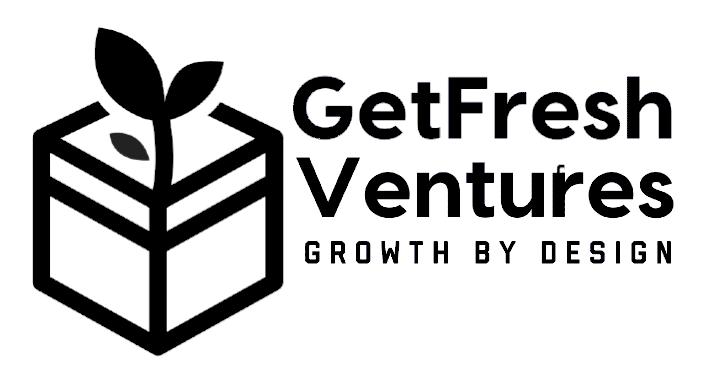Mastering Growth Logistics: Key Strategies for Sustainable Profit
As a startup growth advisor, I've come to realize the crucial importance of logistics in achieving sustainable growth and success. While many individuals focus on strategy and tactics, it is the professionals who truly understand the significance of logistics.
Drawing from my extensive experience of over 30 years in Operations for high-growth tech companies, I have consistently encountered the challenge of transforming strategy and assumed tactics into repeatable, predictable actions that can scale effectively.
Logistics is the differentiating factor that sets companies like Amazon apart from other eCommerce players. It enables economies of scale and operational efficiencies, ensuring that non-human interactions with customers are executed flawlessly, reliably, and predictably.
The primary objectives of the companies I work with, ranging from Seed to Series B stages, revolve around driving growth velocity. Whether it is meeting investor expectations to secure funding or preparing for the next funding round and eventual liquidity, growth velocity is crucial.
To achieve growth velocity, a well-defined strategy and best practice tactics for customer acquisition and revenue retention are essential. However, where many startups stumble is in the execution phase—the logistics of aligning the human engine, comprised of the individuals driving the business, with the business engine itself, encompassing processes, procedures, and communication tools.
This human engine includes all individuals involved in delivering an exceptional customer experience and operating the core business. Through my experience, I have learned that without a clear understanding of your business engine and how it aligns with the human engine, conflicts in execution will inevitably arise, slowing down progress and impeding revenue acquisition, customer satisfaction, churn reduction, and overall cash flow.
Such slowdowns are not favored by investors.
To address these challenges, I recommend the following high-level steps:
Gain a deep understanding of your business engine, placing the customer at its center. Clearly define the communication, actions, and operations required to guide the customer journey from awareness to advocacy. Begin with a simple visualization and refine it with increasing detail for each segment.
Assign owners and establish key performance indicators (KPIs) for each part of the customer journey engine and their supporting team members. Frontline employees directly engaging with customers, such as those in marketing, sales, and customer experience, should have revenue targets. Support roles (e.g., legal, finance, operations, IT) should have KPIs tied to the customer journey.
Identify and address choke points—issues that hinder efficiency and effectiveness. Inevitably, many of these problems stem from communication breakdowns. Establish clear protocols for both required and ad hoc communication. Determine the frequency and approach for one-on-one meetings, team gatherings, departmental updates, cross-functional collaboration (promoting a collaborative mindset), and town hall sessions. Ensure that the alignment of top-line goals to bottom-up execution is always evident.
Now, armed with these insights, go forth and execute your plans effectively to achieve the growth you desire
